A comprehensive guide to permitted developments
Our comprehensive guide to Permitted Developments in the UK 2024
In the dynamic landscape of the United Kingdom's real estate market, property owners and developers continually seek avenues to maximise the potential of their assets. One avenue that has gained prominence in recent years is the realm of permitted developments. These regulations, set forth by local authorities, offer a pathway for property owners to make specified changes to their properties without the need for a full planning application.
As the demand for housing and infrastructure grows, understanding the nuances of permitted developments has become paramount for those looking to undertake alterations or extensions to their properties. This article aims to serve as a comprehensive guide, shedding light on the intricacies of permitted developments in the UK.
From the basics of what constitutes a permitted development to the specific conditions and limitations that must be adhered to, we will delve into the key aspects of this regulatory framework. By demystifying the complexities surrounding permitted developments, property owners, investors, and developers can make informed decisions to unlock the true potential of their real estate investments.
Join us on a journey through the intricacies of permitted developments, exploring the freedoms they offer, the considerations they demand, and the possibilities they unlock for individuals and businesses alike in the ever-evolving landscape of the UK property market.
What is a permitted development?
A permitted development is an extension or addition to your house which does not require planning permission - considering certain conditions are met.
These conditions differ depending on the type of extension you are building. Check out this link for an in-depth guide from the UK government website which explains in detail the different requirements for single-storey permitted development extensions and two-storey permitted development extensions, alongside others. This page should be updated as and when regulations change.
Permitted development rules in the UK regarding building a conservatory can be subject to changes, and it's essential to check the most recent guidelines from local authorities or
the UK government.
General permitted development rules include:
Permitted development rights in the UK allow certain types of building works and changes of use to be carried out without the need to apply for planning permission. These rights are subject to certain conditions and limitations, and the rules may vary for different types of developments, locations, and property types. Here are some general permitted development guidelines for England. It's important to note that rules may differ in other parts of the UK (Scotland, Wales, and Northern Ireland).
Single storey extension permitted development
Did you know you can build single storey extensions without planning permission?
If you are willing to get creative you can really maximise your properties potential without the need for planning permission. Although there are a few rules to adhere to such as:
- The extension does not sit forward of the principal elevation.
Materials should be similar. - Where it is within 2m of any boundary, the eaves cannot be higher than 3m, and no more than 4m in height otherwise.
- Rear extensions — no more than 4m in depth (detached house) or 3m in depth (semi-detached or terrace).
- Side extensions — the width of the extension must not be greater than half the width of the original dwelling. Side extensions are not permitted on Article 1(5) Land (e.g. AONB, Conservation Areas).
Read our single storey extension permitted development guide.
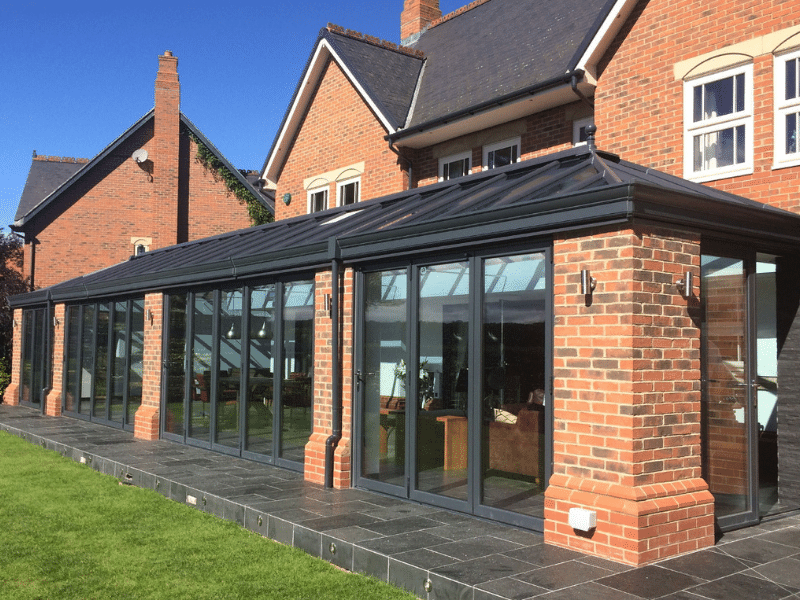
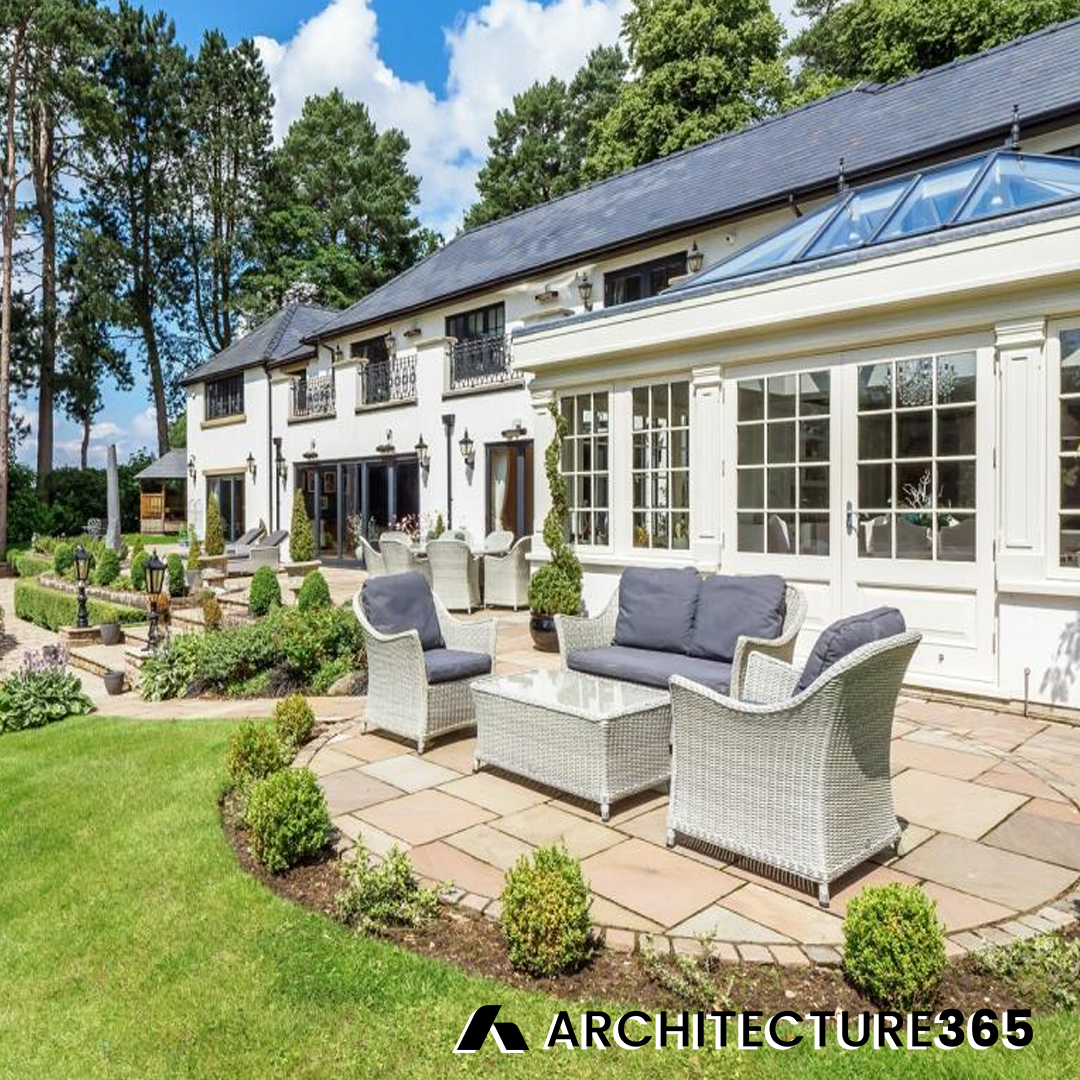
Permitted development for Conservatories
Conservatories can also be built without planning permission.
You can also build conservatories because they are considered a permitted development. To follow the exclusions and rules for conservatories the above rules also apply, including:
- In England, as a general rule, a conservatory should not extend beyond the rear wall of the original house by more than 4 meters for a detached house or 3 meters for any other house type. This is known as the "original house" or "original dwellinghouse" concept.
- The eaves and ridge height of the conservatory should not exceed that of the existing house.
Permitted development on two storey extension
Two-storey extensions are also considered a permitted development when complying to the regulations.
Although two storey extensions are also considered a permitted development they do have a little more red tape. Some of which can be a larger hinderance than above but here are a few to mention below:
- A two-storey extension must be situated to the rear of the property
- It must not exceed 3m in depth
- It must be within 7m of the rear boundary
Read our permitted development guide for two storey extensions here.
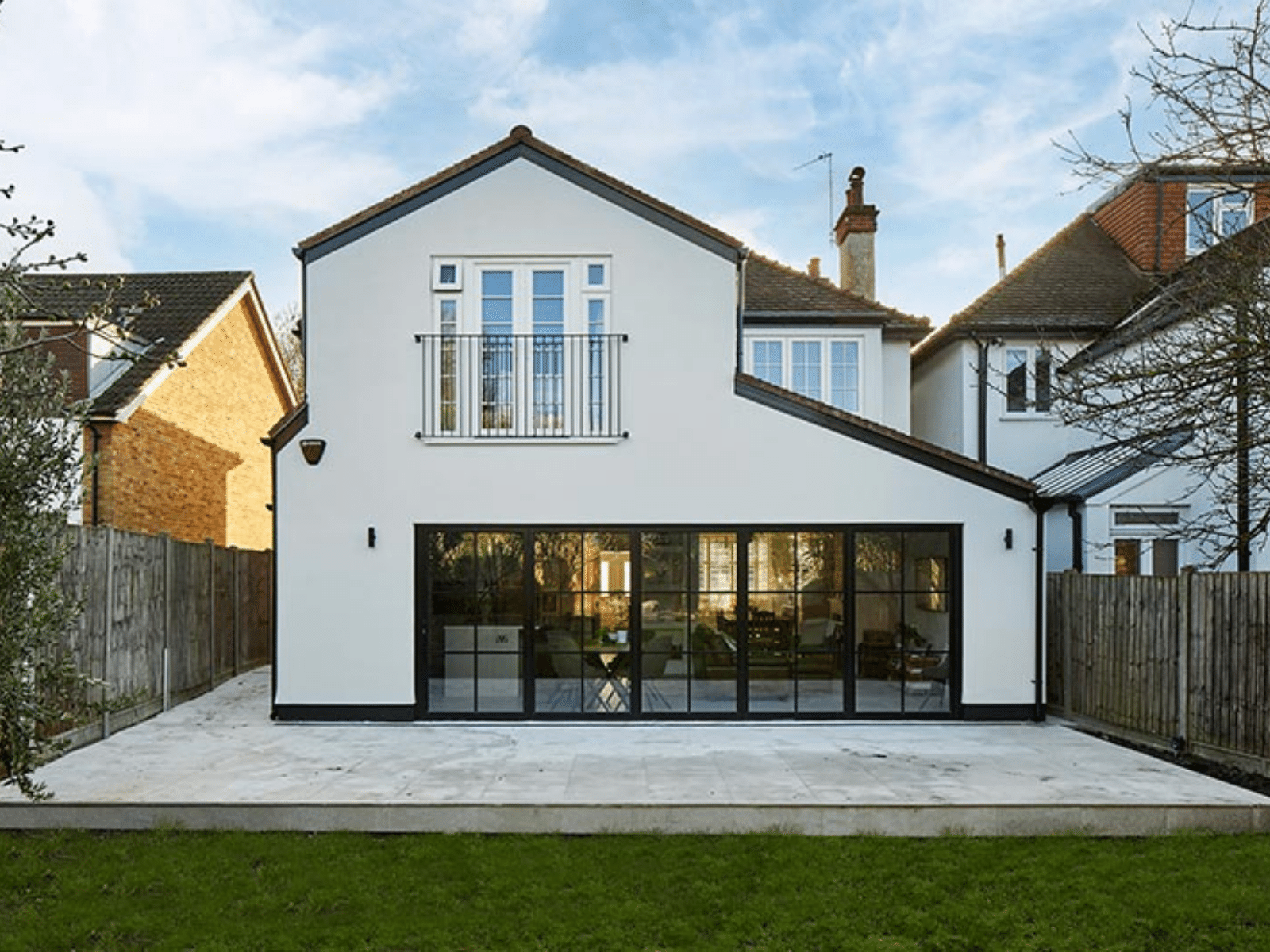

Loft conversion permitted developments:
Loft conversions can also be built under a permitted development.
- Loft conversions can generally be carried out without planning permission, subject to certain limits on volume and additional conditions.
- The roof extension should not exceed the highest part of the existing roof.
With all these options available there may be little need to go down the lengthy route of acquiring planning permission. Use your creativity and maximise your properties potential.
OTHER PERMITTED DEVELOPMENT REGULATIONS TO CONSIDER
Materials and Appearance:
- The materials used for any exterior work should be of a similar appearance to the existing house.
Protected Areas:
- If your property is located in a protected area, such as a national park or area of outstanding natural beauty, there may be additional restrictions on permitted development.
Listed Buildings:
- Permitted development rights are more limited for listed buildings, and in many cases, you will need to apply for consent for alterations.
Permitted Development Rights in Conservation Areas:
- Permitted development rights may be more restricted in conservation areas, and additional rules may apply.
Changes of Use:
- Certain changes of use may be allowed without planning permission, such as changing from office to residential use, subject to specific conditions.
** Always check with your local planning authority to confirm the specific rules and restrictions that apply to your property. Regulations can be subject to change, and it's crucial to ensure compliance with the latest guidelines. **

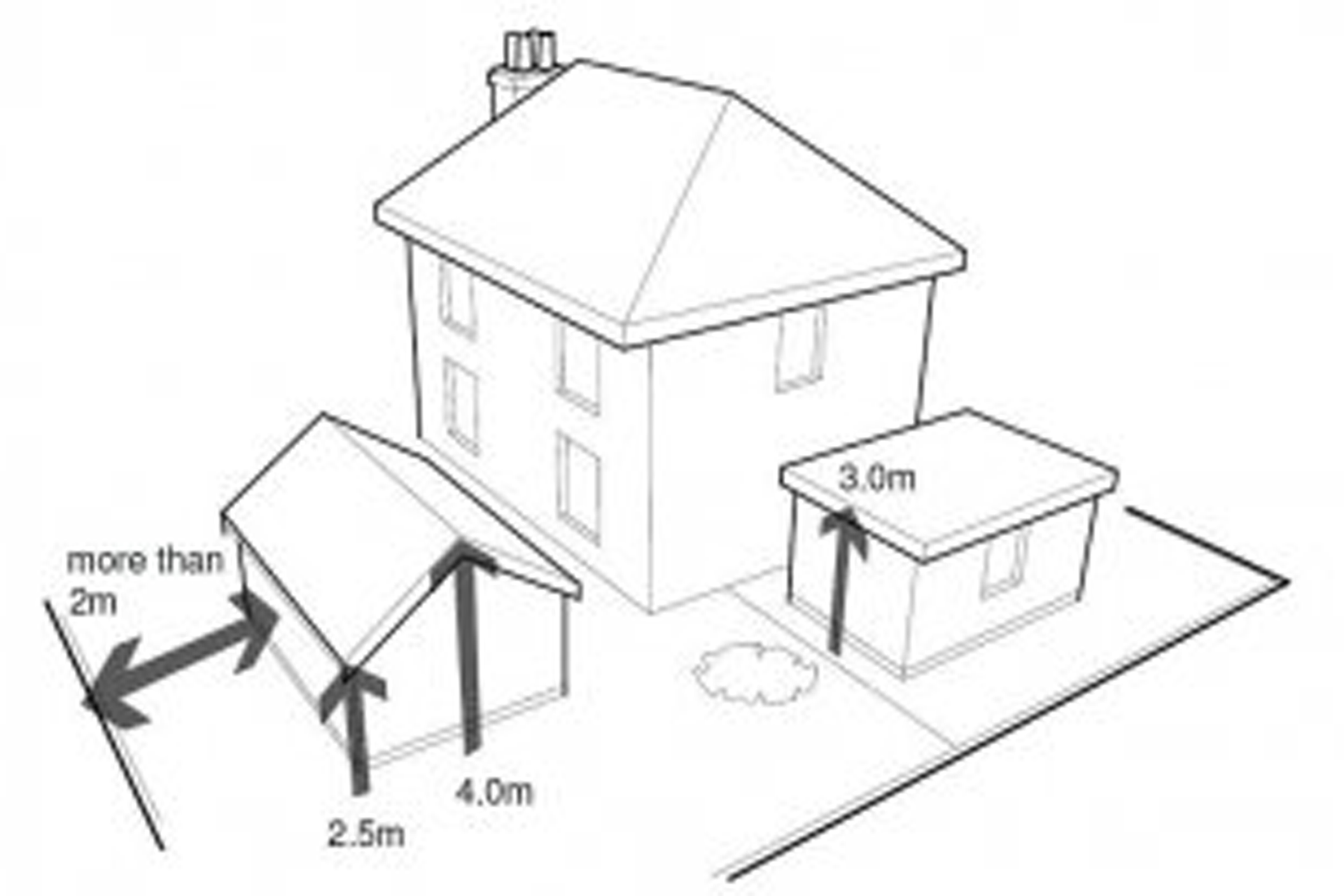
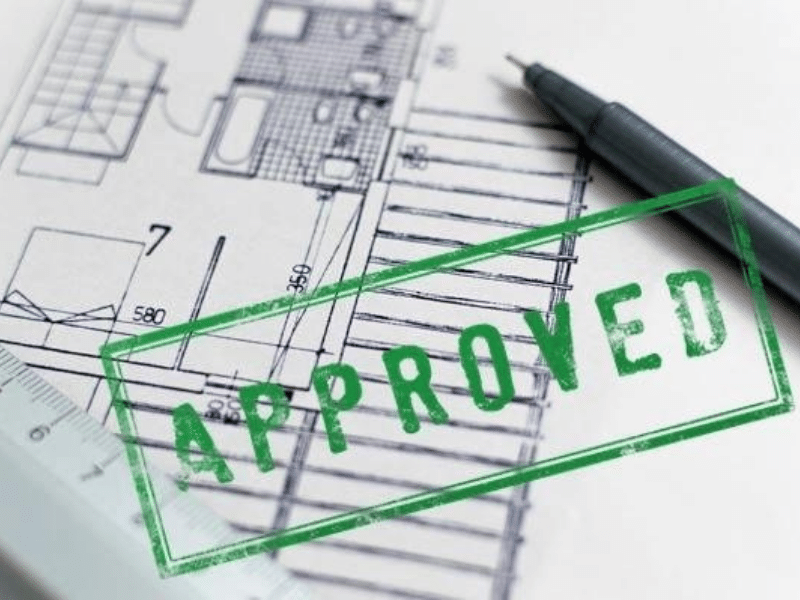
PERMITTED DEVELOPMENT FAQ
Frequently Asked Questions (FAQ) - Permitted Development Guide in the UK. Permitted development refers to specific building works and changes of use that can be undertaken without the need for planning permission. These rights are granted by the government to streamline certain alterations to residential and commercial properties.
What types of projects fall under permitted development?
Permitted development covers a range of projects, including single-storey extensions, loft conversions, porches, certain changes of use, and the construction of small outbuildings, among others. The specifics vary depending on the type of development and property location.
Do permitted development rights apply to all properties?
Permitted development rights can vary based on property types, locations, and specific conditions. It's essential to check with your local planning authority to understand the rules that apply to your particular property.
Are there restrictions on the size of permitted development projects?
Yes, there are size limitations for various projects. For example, the size of a single-storey rear extension is limited, and loft conversions are subject to volume restrictions. Always check the specific guidelines for the project you have in mind.
Can I build multiple extensions under permitted development?
The rules generally allow for multiple extensions under permitted development, but each project must adhere to individual size and location restrictions. Additionally, the cumulative effect of multiple extensions should be considered.
Are there restrictions on materials used in permitted development projects?
Yes, the materials used in permitted development projects should be of a similar appearance to the existing property. This is to ensure that the new construction complements the overall aesthetic of the area.
Can I use permitted development rights in conservation areas?
Permitted development rights can be more restricted in conservation areas, and additional rules may apply. It's advisable to consult with the local planning authority for specific guidelines.
Do I need to notify the local authority before starting a permitted development project?
While planning permission is not required for permitted development projects, it's often recommended to seek a Lawful Development Certificate from the local planning authority. This certificate provides official confirmation that your project falls within the permitted development rights.
How long do permitted development rights last?
Permitted development rights are not time-limited; however, it's essential to be aware of any changes in regulations. Rules and guidelines may be updated, so it's advisable to check the latest requirements before commencing any work.
What happens if my project doesn’t qualify for permitted development?
If your project doesn't meet the criteria for permitted development, you will need to apply for planning permission. Consult with your local planning authority to understand the application process and requirements for your specific project. We are experts in planning appeals and processes so if regulations are rejected, get in touch with us today and we may be able to find a solution. 07835743338
Always consult with your local planning authority or call Architecture 365 on 07835743338 to ensure you have the most accurate and up-to-date information for your permitted development project.
